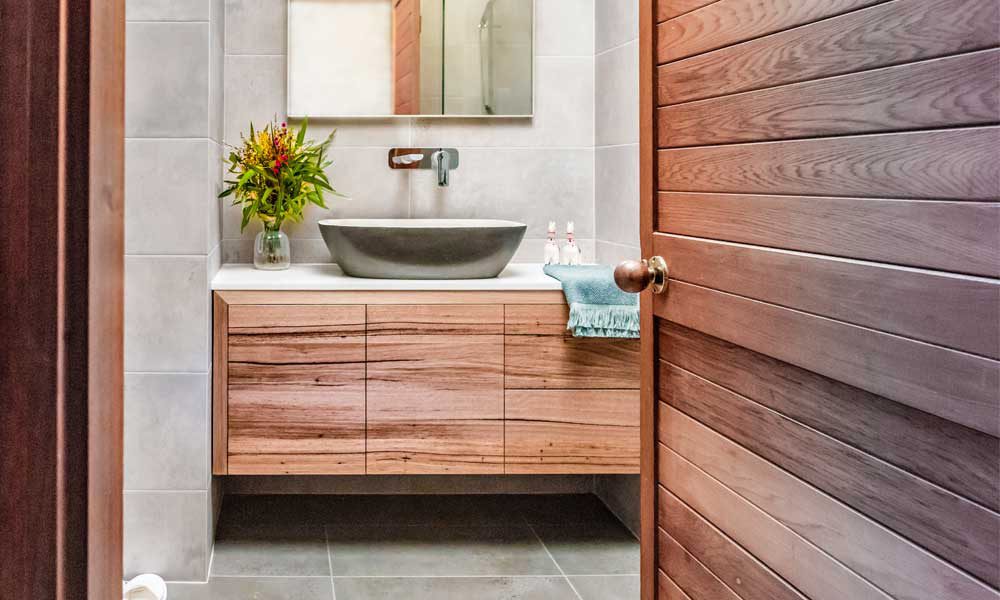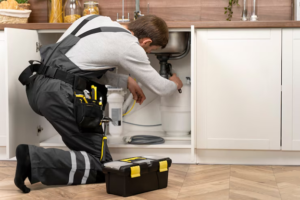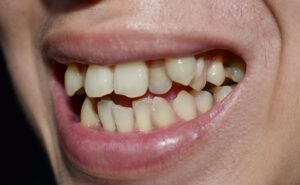Double vanity plumbing – What do you need to know before installing?

Installing the plumbing for a double vanity requires careful planning and execution. Proper drainage and supply lines ensure your sinks operate smoothly for years. Before taking on a double vanity install, understand key plumbing considerations.
Assessing existing plumbing
Assess existing plumbing rough-ins. Look at the current drain and water line locations. Determine if they accommodate two vanities or need adjusting. Moving rough plumbing adds costs. Decide on the preferred sink and drain configurations. Side-by-side drains or shared drains? Center drains or wall-end drains? Layout affects drainage plans. Consider separate hot water lines and shut-offs for his and her sinks. This allows custom temperature control rather than one shared supply. Coordinate vanity selection with the planned plumbing layout. Confirm sink cutouts, hole locations, and pipe pathways align. Misalignment creates installation issues. Measure bathroom dimensions and draft a scale plan for optimal plumbing routing. Visualize how supplies and drains will connect.
Hiring a professional plumber
Hire an experienced professional plumber for adding pipes, drains, and shut-off valves. Avoid complex do-it-yourself plumbing jobs. Plan access panels if plumbing routes through cabinets. Allow removing trap assemblies without dismantling cabinetry. Discuss with the plumber about adjusting existing rough-ins if needed to accommodate the new double vanity. Moving rough plumbing requires cutting into walls. Have the plumber install any required new water supply lines for the added vanity sink. Ensure the plumber properly vents drain lines to facilitate good flow. Venting prevents gurgling and slow drainage as water flows from two sinks.
Buying quality plumbing components
Buy quality drain components like P-traps, tailpieces, and elbow joints. Avoid flimsy parts prone to slippage and leaks. Choose durable supply tubing like braided stainless steel or PEX lines. Outperform cheap vinyl tubing that easily splits and erodes over time. Use transition putty or silicone to seal gaps where drains and pipes meet sink bodies and vanities. Select metal pop-up drain plugs with a polished chrome finish. Appear more attractive than plastic drain plugs and mechanisms. For vessel sinks, order quality sink drain kits that fit neatly. Ensure that exposed drain connections do not detract from the style of Toilets for sale online.
Proper installation techniques
Anchor drain pipes securely along their length. Prevent vibration and stresses over time that detaches drains. Slope drain lines properly for self-draining. Allow 1/4 inch drop per linear foot. Avoid sagging U-bends that easily clog. Consider installing shut-off valves inside vanity cabinets for convenient access. Cabinet fronts allow quick isolation of leaks if needed. Use strap brackets to anchor pipe runs against framing studs for support. Prevent stress on joints that loosen over time. Insulate hot and cold water supply lines to prevent condensation dripping and temperature loss while water runs.
Cleaning and leak testing
Clean out debris from supply lines before connecting to fresh pipes. Keeping new fixtures clean prevents fouling. Check for drips or leakage after installing vanity plumbing. Activate water and assess all joints. Fix any issues immediately to avoid damage. Run water into drains to verify smooth drainage without gurgling or overflow. Assess for slow-running water indicating partial clogs. Ensure drain components are threaded properly with liquid sealant for leak-proof turns. Avoid plumber’s putty that cracks over time.







